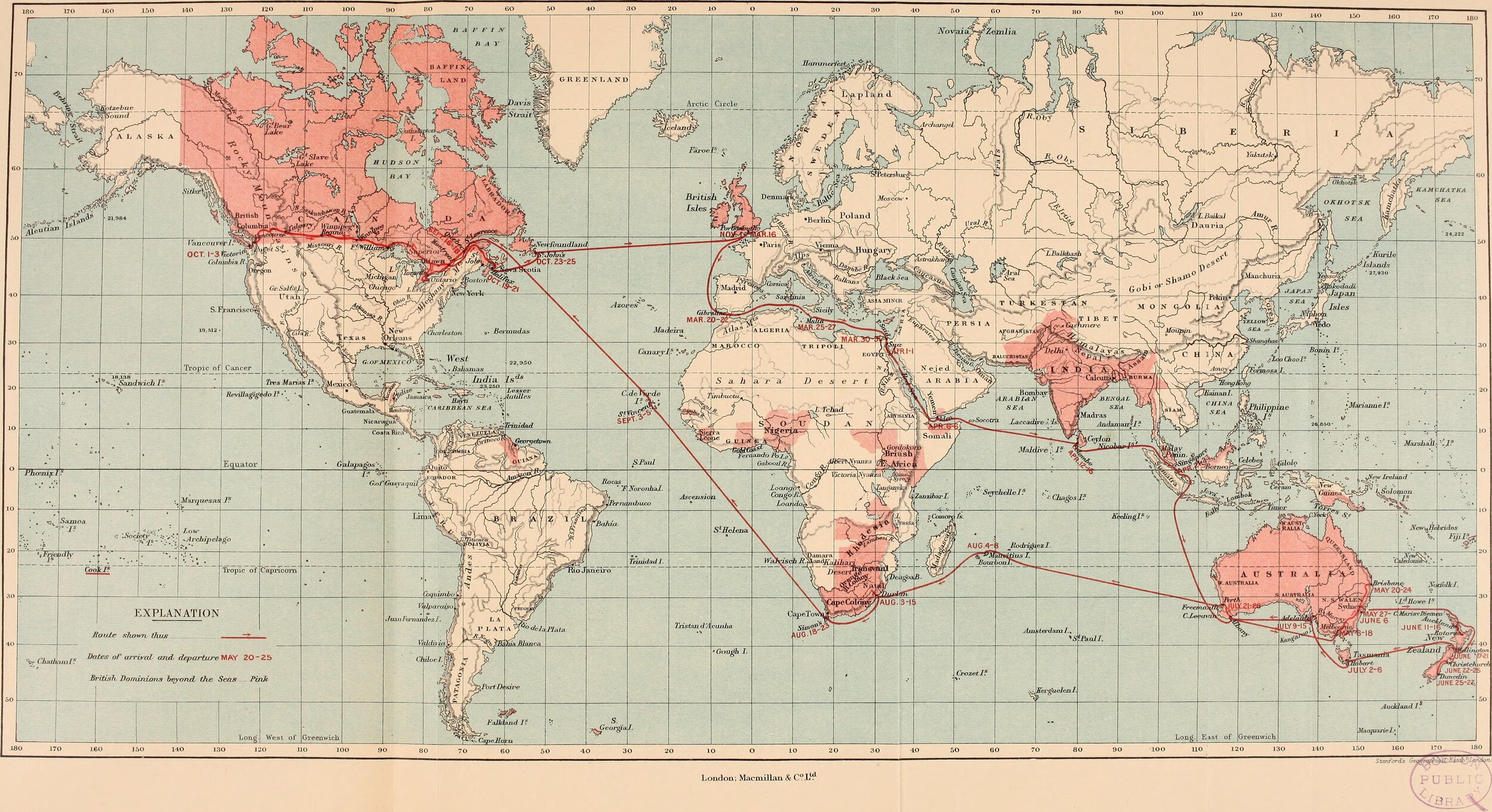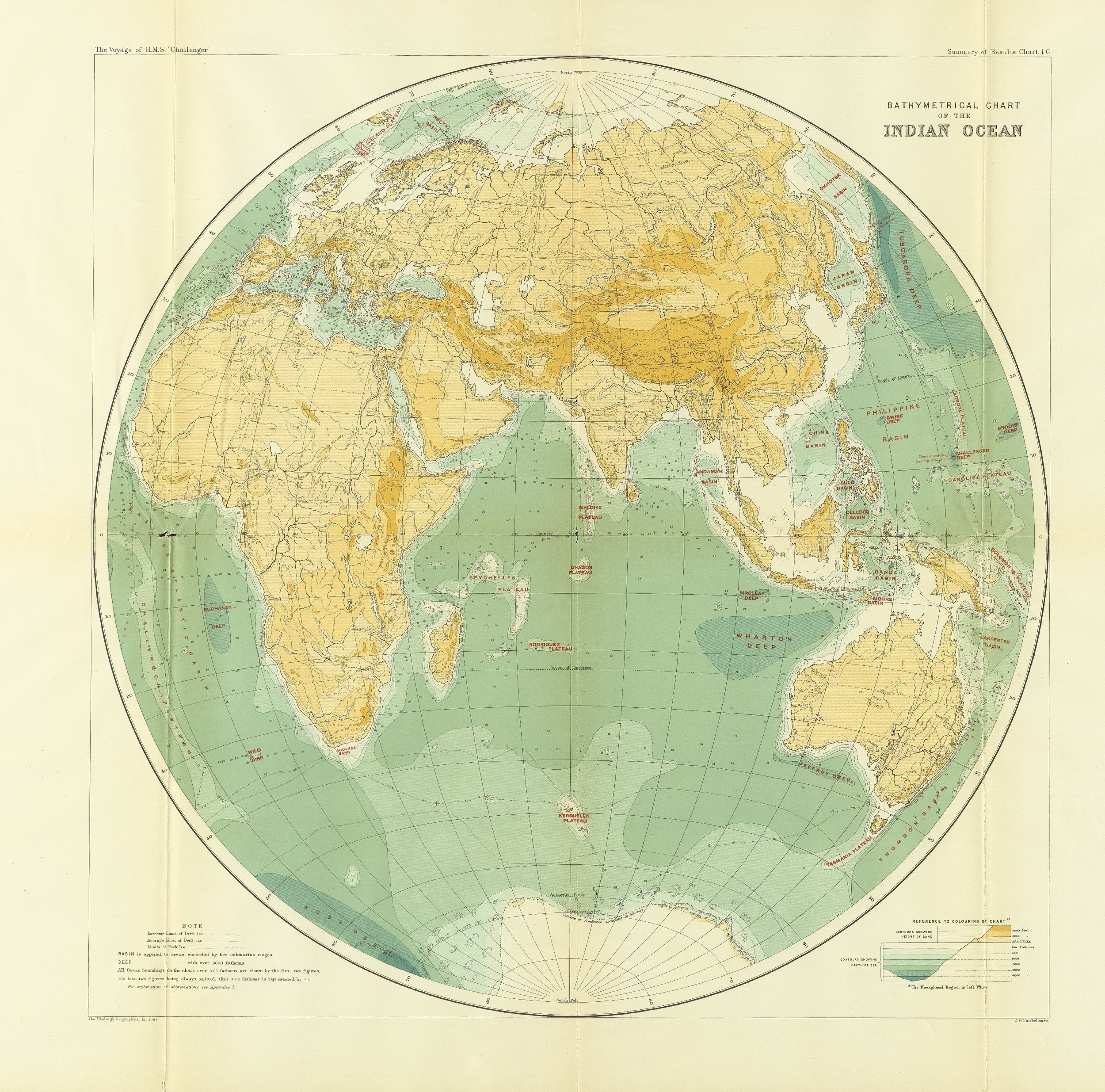
Part 5:
1945 to 2020: The Big Picture
#94 America, China, and the Struggle for Global Hegemony: Can the World Survive?
The peoples of Western Europe had risen from one world of relative poverty and had learnt how to take the wealth from the Americas and transfer it to their own countries. This was slavery and latterly until 1920, indentureship. A whole set up of banks, shipping companies, and insurance companies had arisen to make these transfers possible. From the 1750s the European invaders turned their attention to Asia and systematically began the colonisation process anew. At the same time, as they attempted to colonise and extract the wealth of Asia, the colonising countries began the process we now recognise as industrialisation alongside the rapid growth of cities. The surplus resources extracted through colonisation were used to finance the growth of new industries.
#85 China and the rest of the World
Chinese foreign policy in the period from 1949 to 2000 was largely defensive and determined to maintain the revolution. Only after the Chinese treasury was replete with US dollars, and after they began to accommodate American and other western global companies, could they begin to develop a global policy. This was part of the story; the other vital aspect was the lesson they learned from the Soviet collapse in 1991.
#78 Super Wealth, Poverty and Inequality
From 1973, 70-80% of the USA working peoples income has remained static. The US has remained at war for the entire period. Over the last 20 years, she laid waste most of the modern Middle East. Her attempt to control the world economies have become ever more extreme. The wealth of the wealthiest has shown no boundaries. And now with the unsuspected arrival of a crisis in the forms of climate change and covid infections, the world is a more uncertain place than at almost any time since 1945.
#74 New Freedoms: the European Union before Neo-liberalism
The trades unions were freed after 1945 as never before, or since. From 1971, Trades Union freedoms were curtailed by Governments across Europe. After 1945, for the first time, trades unions became involved in the discussion of wage increases, they sat on board on national industrial policies. The Union movement that had first appeared on national scenes in the latter part of the 19th century was suddenly freed from the shackles of government legislation. And for a while, Union leaders thought this was to be the new normal. Over 25 years, there was a great expansion of militant trade union activity.
#73 Tax Havens and the World's Rich
Half of the world's trade is said to pass through the tax havens. Trillions of US dollars have managed to avoid tax. In some sense, crime and corruption have come to be accepted as normal business. There has been a significant public outcry at the existence of these havens, not least because the rich are not taxed in a fair and just manner. Whistle-blowers have managed to expose those using these tax havens, embarrassing wealthy firms and individuals.
#72 Economic Recovery in Europe 1945-1971: The European Union and the Welfare States
In the stable wealthy parts of Europe & North America, a small portion of the increase in wealth created after 1945 has moved and spread itself further down the line to the new middle classes. The issue I was concerned to express was the overall direction of wealth distribution across the world after 1945; powerful literature has grown up to challenge the status quo.





